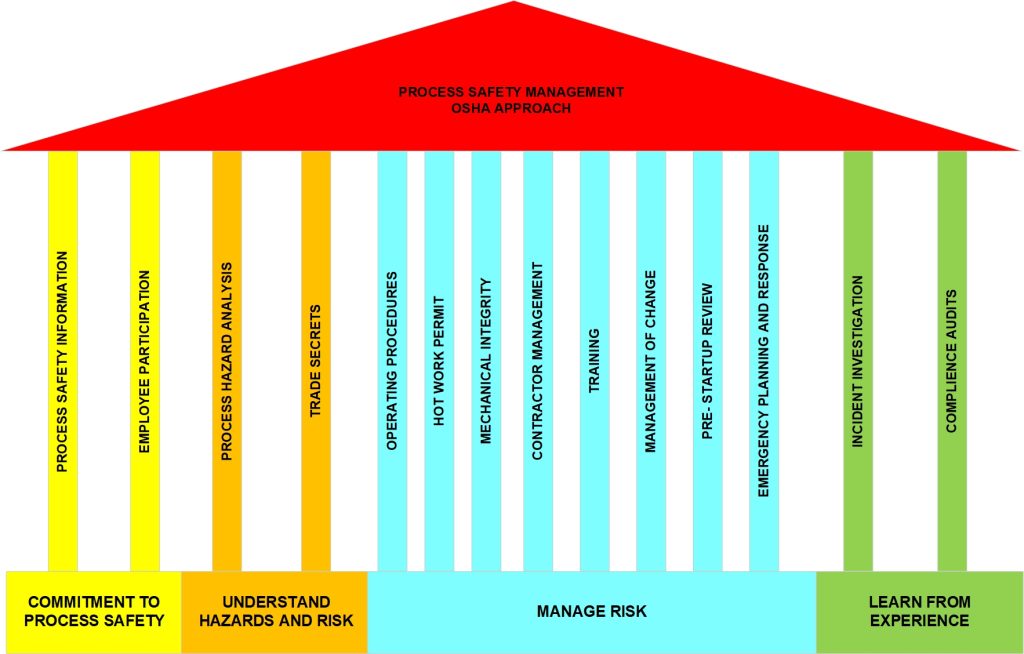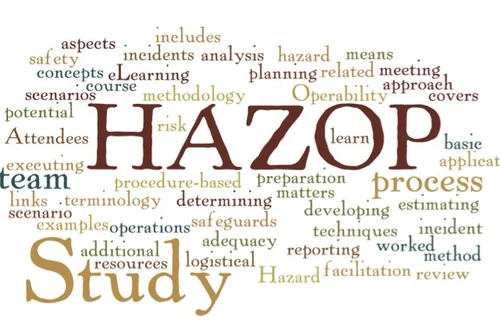Enhancing Process Safety Management Through Workforce Training and Engagement
Enhancing Process Safety Management Through Workforce Training and Engagement

Introduction to Process Safety Management and Workforce Engagement
Process safety is a critical aspect of industrial operations, especially in high-risk sectors like oil and gas, chemicals, manufacturing, and energy production. Process Safety Management (PSM) refers to a structured approach to preventing accidents, injuries, and catastrophic failures within industrial settings. However, implementing an effective PSM framework goes beyond regulatory compliance—it requires a well-trained and engaged workforce.
This article explores how workforce training and engagement can enhance process safety, reduce operational risks, and improve overall workplace safety performance.
The Role of Workforce Training in Process Safety Management
Industrial accidents often occur due to human errors, lack of hazard awareness, and insufficient safety training. Proper workforce training helps bridge these gaps by:
-
Ensuring employees understand safety protocols and emergency procedures.
-
Providing knowledge on hazard identification and risk mitigation.
-
Enhancing decision-making skills to prevent workplace accidents.
-
Encouraging a proactive approach to workplace safety.
Key Areas of Process Safety Training
-
Hazard Identification and Risk Assessment
-
Workers should be trained in Hazop Study to systematically assess and control potential process risks.
-
Understanding process deviations helps reduce operational failures.
-
-
Emergency Response and Crisis Management
-
Training must include fire safety, first aid, and emergency evacuation drills.
-
Regular Fire Audits can help identify fire hazards and improve emergency preparedness.
-
-
Process Equipment and Maintenance Safety
-
Workers should be familiar with equipment handling, maintenance schedules, and shutdown procedures to prevent accidents.
-
Routine Safety Audits ensure compliance with safety standards and identify potential risks.
-
-
Regulatory and Compliance Training
-
Employees must be educated on industry-specific safety standards and compliance requirements.
-
Organizations should implement Process Safety Management frameworks to enhance safety policies.
-
The Importance of Workforce Engagement in Safety Management
Training alone is not enough; employee engagement plays a significant role in improving process safety outcomes. Engaged workers:
-
Are more likely to report safety hazards and suggest improvements.
-
Take ownership of their safety responsibilities.
-
Actively participate in safety meetings and drills.
-
Develop a culture of accountability and risk awareness.
Best Practices for Enhancing Workforce Engagement
-
Encouraging Open Communication
-
Establish transparent communication channels for reporting safety concerns.
-
Organize safety feedback sessions where workers can voice their concerns and recommendations.
-
-
Implementing a Safety Leadership Model
-
Supervisors and managers should lead by example by following safety protocols.
-
Assign Safety Champions who advocate for process safety improvements.
-
-
Recognizing and Rewarding Safety Contributions
-
Acknowledging employees for their proactive approach to safety fosters positive reinforcement.
-
Implement incentive programs for teams that demonstrate strong safety performance.
-
-
Conducting Regular Safety Drills and Simulations
-
Real-life safety drills help employees internalize safety procedures.
-
Simulations improve response time and decision-making skills during emergencies.
-
Overcoming Challenges in Workforce Training and Engagement
While workforce training and engagement are vital for process safety management, industries often face challenges such as:
-
Resistance to Change
-
Employees may be reluctant to adopt new safety protocols.
-
Solution: Use interactive and practical training methods instead of passive lectures.
-
-
Lack of Management Commitment
-
Without top-level support, safety initiatives often fail.
-
Solution: Involve leadership in safety training sessions and discussions.
-
-
Insufficient Training Budgets
-
Limited resources can hinder the effectiveness of safety programs.
-
Solution: Invest in cost-effective digital training modules and e-learning platforms.
-
-
High Workforce Turnover
-
Continuous retraining of new employees can be challenging.
-
Solution: Implement mentorship programs where experienced employees train newcomers.
-
The Role of Safety Consultants in Workforce Training
Engaging professional Safety Consultants can enhance training effectiveness by:
-
Conducting customized safety training sessions based on industry needs.
-
Implementing hazard assessments and mitigation strategies.
-
Assisting organizations in achieving compliance with safety standards.
Conclusion: A Unified Approach to Safety Management
To build a safe and sustainable workplace, industries must integrate workforce training and engagement into their process safety management systems. By investing in employee education, fostering a safety culture, and engaging professional consultants, organizations can significantly reduce safety risks and operational hazards.
A proactive approach to workforce safety training ensures that employees are not only knowledgeable but also actively involved in safety decision-making—a key step toward achieving long-term workplace safety excellence.







